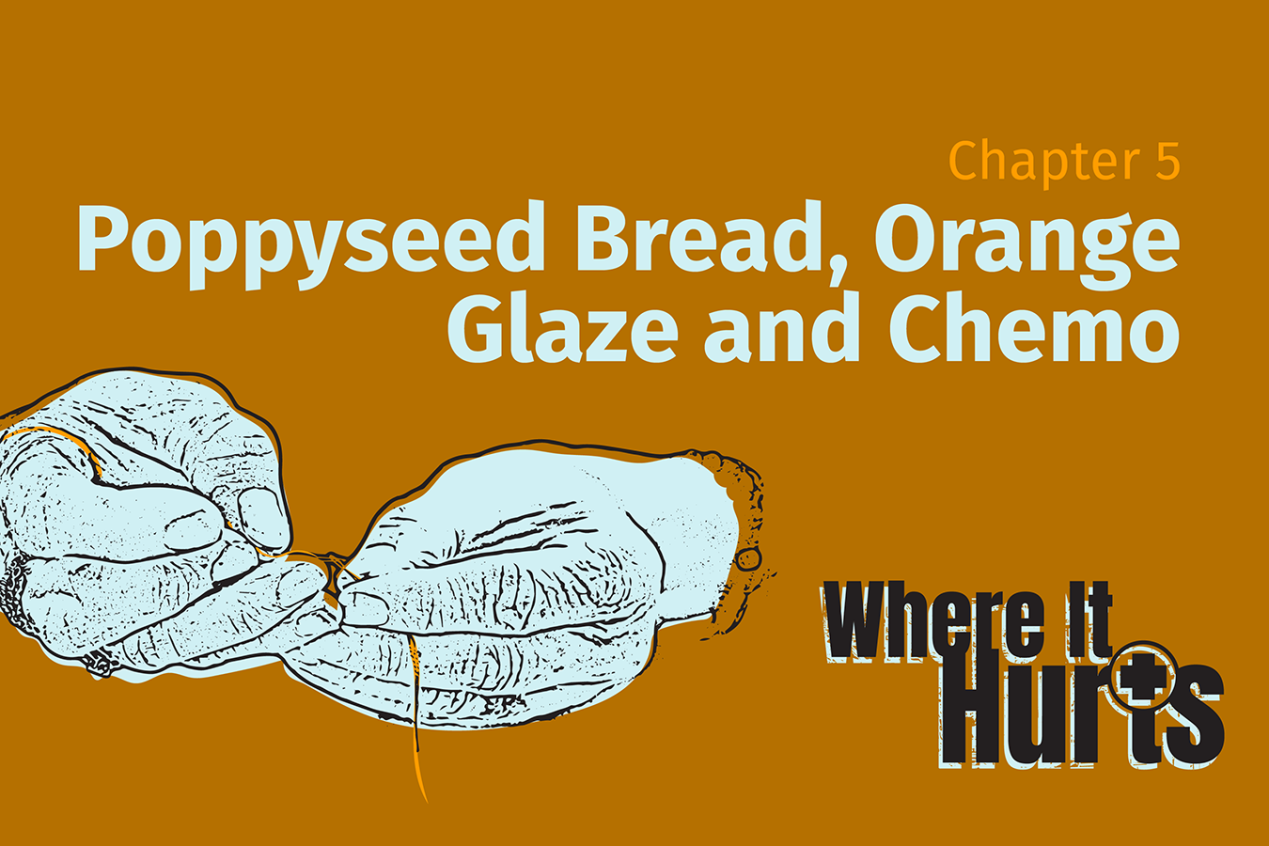Can’t see the audio player? Click here to listen.
Sixty-five-year-old Karen Endicott-Coyan is living with a blood cancer. Her chemotherapy takes less than 30 minutes. Before the hospital closed, it was just a short drive into the small town of Fort Scott, Kansas, for her to get treatment.
But these days getting to chemo means a trek on rural roads and narrow highways, driving help from her sister-in-law and some Ritz crackers tucked into her purse to steady her stomach on the way home. The whole trip should take less than three hours. Endicott-Coyan puts on her makeup, her diamond earrings and powers through.
“If I can help it, I’m not going to go over there looking like a sick person,” Endicott-Coyan said. “I don’t like looking like a sick person. That’s just me.”
Endicott-Coyan had a long career in hospital administration, and she uses that expertise to try to smooth out her newly fractured health care. But during every minute of the trip, a nagging worry at home steals her energy and attention. In this chapter of the podcast, host-reporter Sarah Jane Tribble goes along for the ride and is witness to the stress and frustration.
The journey illuminates one reason people in rural America are more likely to die from cancer than patients in metro areas.
Click here to read the episode transcript.
And check out Sarah Jane Tribble’s previous reporting on rural cancer care.
Karen Endicott-Coyan and her husband, John Coyan, in February 2019(Christopher Smith for KHN)
“Where It Hurts” is a podcast collaboration between KHN and St. Louis Public Radio. Season One extends the storytelling from Sarah Jane Tribble’s award-winning series, “No Mercy.”
Subscribe to Where It Hurts on iTunes, Stitcher, Google, Spotify or Pocket Casts.
And to hear all KHN podcasts, click here.
